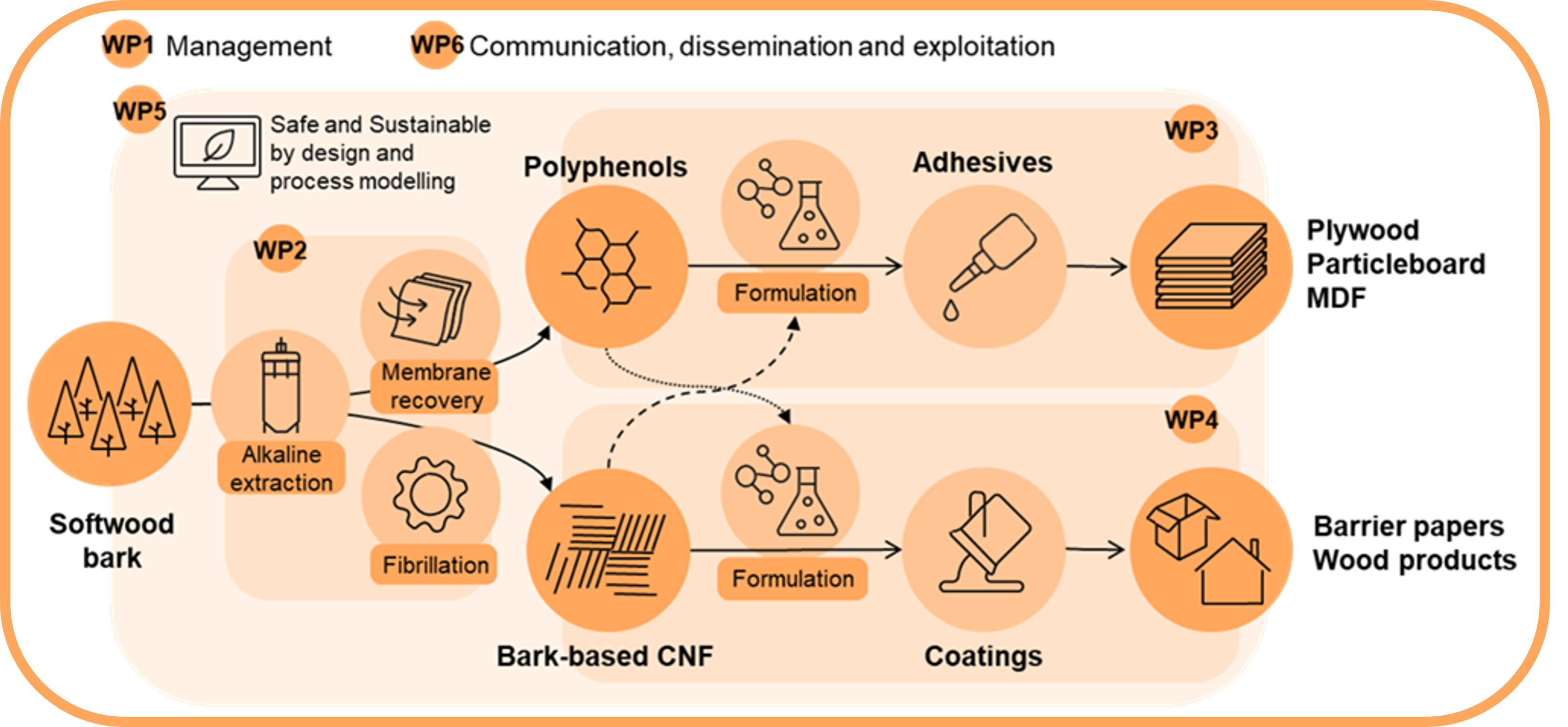Objectives:
WP1 ensures the overall management, administration and coordination of the project, and that the project progresses and results are achieved in line with the Grant Agreement and expectations of the call.
Main activities:
- Financial and administrative management
- Coordination and project management
- Ethics management
- Data management
WP leader: Marc Borrega, VTT Technical Research Centre of Finland
